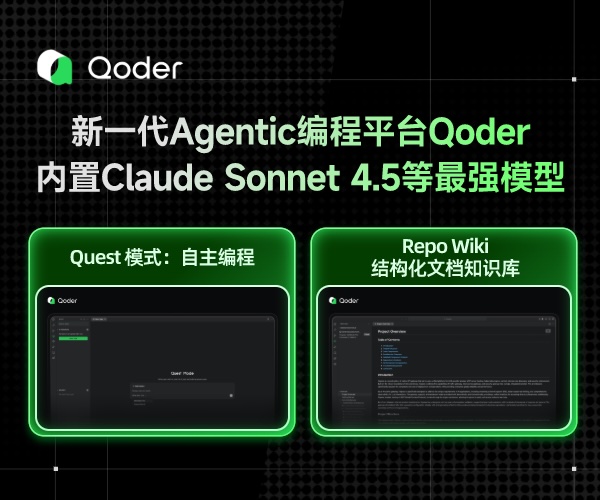数论F - Strange Way to Express Integers(不互素的的中国剩余定理)
Description
Choose k different positive integers a1, a2, …, ak. For some non-negative m, divide it by every ai (1 ≤ i ≤ k) to find the remainder ri. If a1, a2, …, ak are properly chosen, m can be determined, then the pairs (ai, ri) can be used to express m.
“It is easy to calculate the pairs from m, ” said Elina. “But how can I find m from the pairs?”
Since Elina is new to programming, this problem is too difficult for her. Can you help her?
Input
The input contains multiple test cases. Each test cases consists of some lines.
- Line 1: Contains the integer k.
- Lines 2 ~ k + 1: Each contains a pair of integers ai, ri (1 ≤ i ≤ k).
Output
Output the non-negative integer m on a separate line for each test case. If there are multiple possible values, output the smallest one. If there are no possible values, output -1.
Sample Input
2 8 7 11 9
Sample Output
31
Hint
All integers in the input and the output are non-negative and can be represented by 64-bit integral types.
题意非常easy,给出k组 a r 每组代表 x ≡ r (mod a) ;当中要注意的就是全部的a不一定互素,由于a不互素就不能直接用中国剩余定理来做,查了非常多资料,感觉数学家的思维不是凡人能够理解的,还是自己写一下计算的过程
首先来计算两组 x ≡ r1 ( mod a1 ) ; x ≡ r2 ( mod a2 ) ; 定义变量 k1 k2 得到 x = k1 * a1 + r1 ; x = k2 * a2 + r2 ; 由上面的等式得到 k1 * a1 + r1 = k2 * a2 + r2 ; 转化为 k1*a1 = (r2 - r1) + k2 *a2 ; 对左右取模a2,由于 (k2*a2)%s2 = 0 ,所以等式转化为 k1 * a1 ≡ ( r2 - r1 ) (mod a2) ;使用扩展欧几里得能够求解到 k1的值(推断是否存在k1的值),将k1带回到 x1 = k1 * a1 + r1 ;得到同一时候满足于{ x = k1 * a1 + r1 ; x = k2 * a2 + r2 ; }的一个特解 , 所以 x ≡ x1 (mod lcm(a1,a2) ) ; 也就是 x ≡ ( k1*a1+r1 ) ( mod ( a1*a2/d ) );这样也就将两个同余式转化为了一个,通过不断的转化,将k个等式合并为一个 ,用扩展欧几里得求出最小的正解x
#include <cstdio>
#include <cstring>
#include <algorithm>
#define LL __int64
using namespace std;
void gcd(LL a,LL b,LL &d,LL &x,LL &y)
{
if(b == 0)
{
d = a ;
x = 1 ;
y = 0 ;
}
else
{
gcd(b,a%b,d,y,x);
x = -x ;
y = -y ;
y += (a/b)*x ;
}
return ;
}
int main()
{
LL k , a1 , a2 , r1 , r2 , d , x , y ;
while(scanf("%I64d", &k)!=EOF)
{
LL flag = 1 ;
scanf("%I64d %I64d", &a1, &r1);
k-- ;
while(k--)
{
scanf("%I64d %I64d", &a2, &r2);
gcd(a1,a2,d,x,y);
if( (r2-r1)%d )
flag = 0 ;
if( flag )
{
x = (r2-r1)/d*x ;
y = a2/d ;
x = ( x%y +y)%y ;
r1 = x*a1 + r1 ;
a1 = (a1*a2)/d ;
}
}
gcd(1,a1,d,x,y);
if( r1%d )
flag = 0 ;
if(flag == 0)
printf("-1\n");
else
{
x = r1/d*x ;
y = a1 / d ;
x = ( x%y+y )%y ;
printf("%I64d\n", x);
}
}
return 0;
}


 浙公网安备 33010602011771号
浙公网安备 33010602011771号